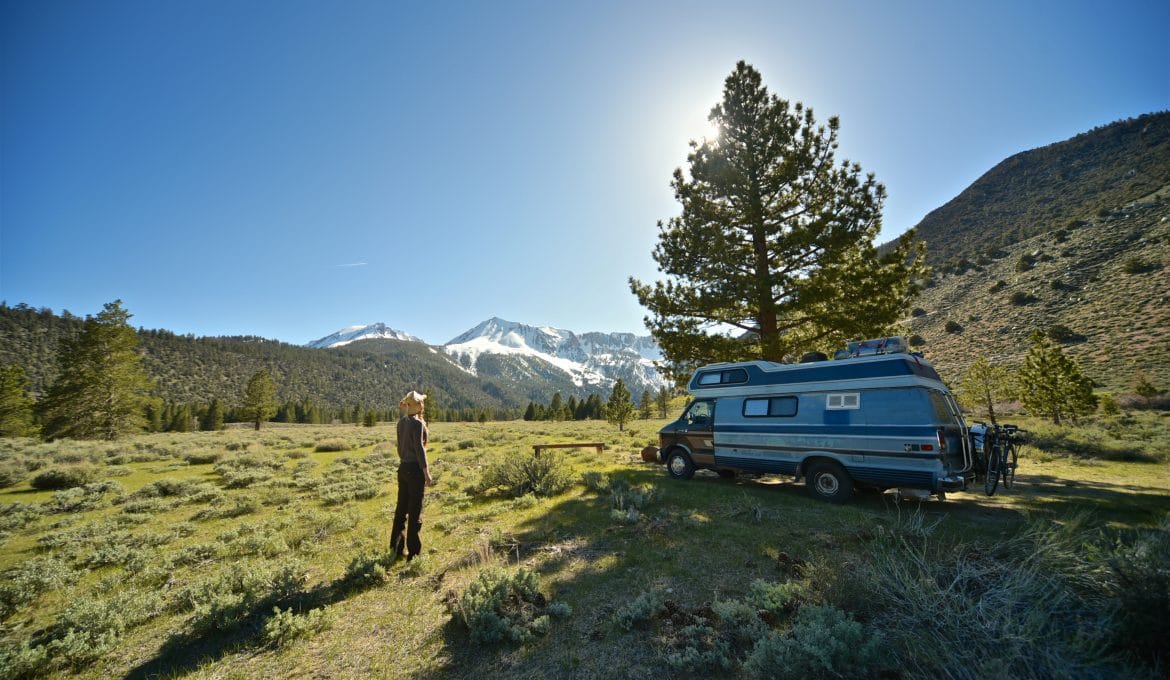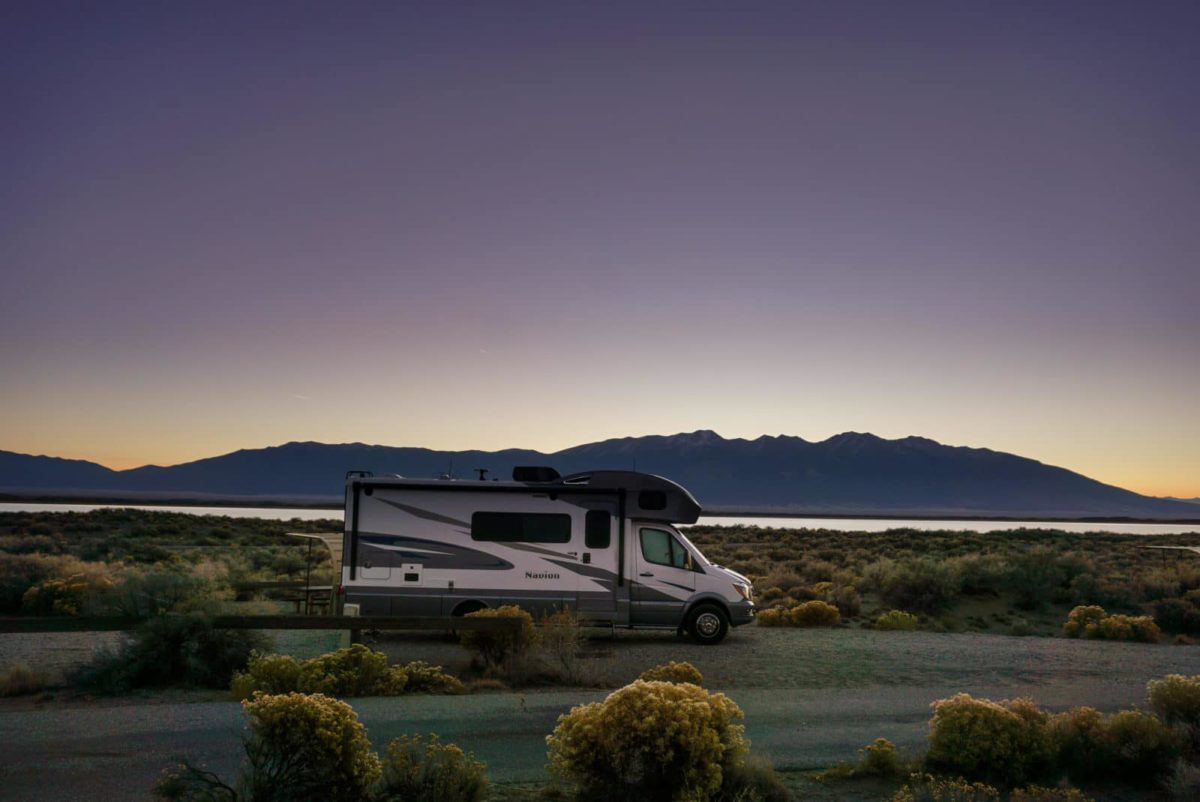

Google Earth gives you a birds-eye view of the land and is a good indication of whether you’ll have enough space to turn around if you can’t find a spot, or where the best spots might be. Just plug in the latitude and longitude of the spot, or navigate there from the nearest identifiable point just as you would when driving. When you’ve identified a place where you might want to camp, Google Earth makes for a great next step. Allstays Camp & RV is another great resources for finding this type of information. That way, you’ll know where to find an accessible resource for fresh water, sewer dump, and possibly trash disposal as well.

Find out which ones have water or a RV dump station, and whether there are fees to use them. The map should also show you where to find developed campgrounds nearby. It’s no fun at all to be woken up in the middle of the night by a park ranger or local sheriff telling you that you need to move. All of this can save you hours of hassle and headache, not to mention fines if you unwittingly break some rules.Īsking for a map also ensures that you won’t accidentally find yourself camped illegally. They can advise you to any animal activity in the area (think bears or mountain lions) and fill you in on any fire restrictions. A ranger will know this, while you – a traveler passing through the area – likely won’t. For instance, some dirt roads get muddy and impassible if there has been rain. The benefits of talking to a ranger and getting an official map are huge. Forest Service website and search for the specific forest you’d like to camp in. This can require some pre-planning if you’re going to be an area with patchy cell signal. To find the ranger station nearest you, visit the website for the National Forest you’re visiting. The ranger can use this map to point out their favorite spots, as well as areas to avoid. If you’re in or near a National Forest, seek out the nearest Forest Service office and ask for a Motor Vehicle Usage Map. Read up on the Pros and Cons of Boondocking. Of course, if you’re camping away from traditional amenities like water, sewer, and electric hookups, you need to take that into account and do some preparation. It was filmed at one of our favorite dispersed camping spots, in the Coconino National Forest near Flagstaff, Arizona. Here’s one that gives a good idea of what the whole process is like. We’ve filmed several videos while boondocking in National Forests.

It’s the opportunity to get closer to nature than you can ever get in an RV park, and it’s free. The stars are so bright at night that you can see the Milky Way, and you’ve never seen so many stars. You start and end each day listening to the sounds of nature. Your closest neighbor may not even be visible through the trees. Now, imagine yourself in an open wilderness area. But in an RV park, you don’t really have much of a choice.
Boondocking rv sites full#
Sites are close together, amenities can be questionable, and you may not want to listen to your neighbor play Top 40 hits at full volume.

You’ve probably paid $50+ per night to stay at an RV park or campground where you could basically reach into your neighbor’s window. Why go Dispersed Camping?īeyond the price difference ( did we mention that dispersed camping is free?), the difference in camping experience is huge. Other times, you simply pull off the road into an area that’s clear enough to camp in. Most of the time these primitive camping spots offer no amenities, except for the occasional fire ring. In some cases, there are official “primitive” campsites with pit toilets. For those of you new to dispersed camping in your RV, this means you’re camped with no electrical, water, or sewer hookups. You can go camping in National Forests, often for up to 14 days at a time.
Boondocking rv sites for free#
Forest Service, dispersed camping is “camping anywhere in the National Forest outside of a designated campground.” In other words, dispersed camping means camping for free on public land.ĭispersed camping can also be done on BLM (Bureau of Land Management), which is technically subject to different jurisdiction than the Forest Service, but the principal is the same. Forest Service or Bureau of Land ManagementĪccording to the U.S.


 0 kommentar(er)
0 kommentar(er)
